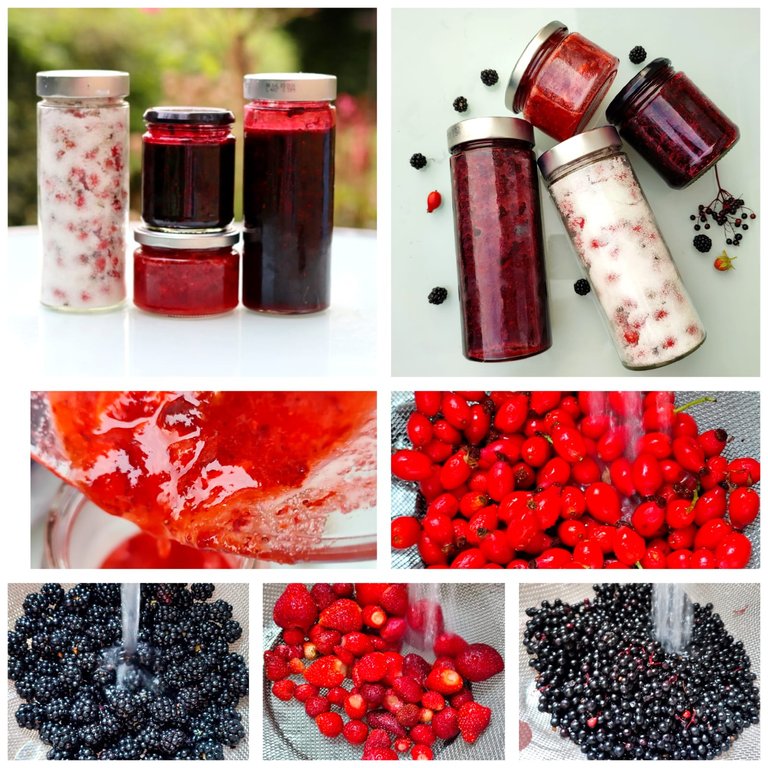
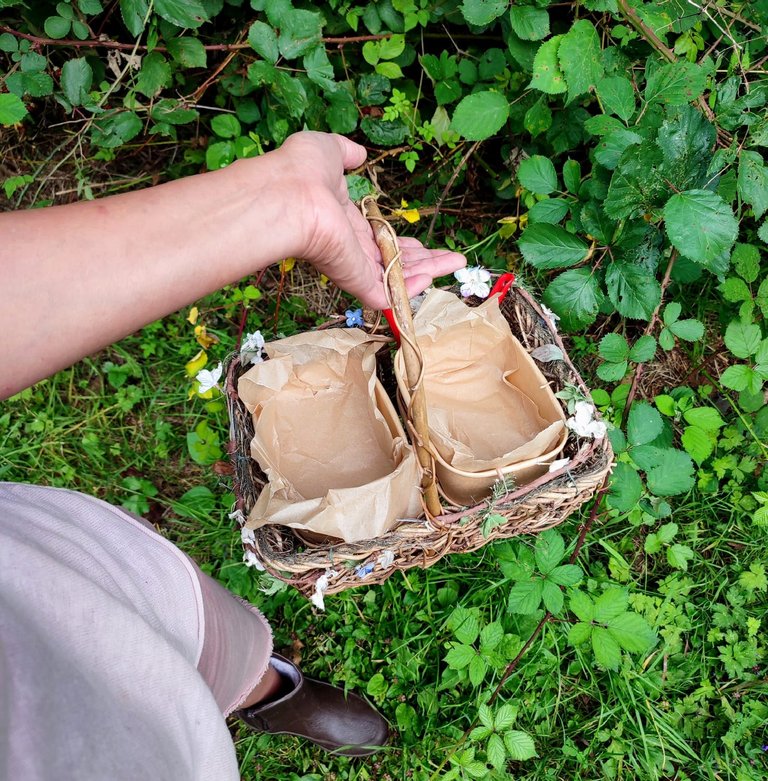
I visited the nearby woodland to pick some Berries, which were everywhere. The fruits just started to ripen, and I picked a few of each.
If you are planning to pick assorted berries, it is best to have a few containers to avoid mixing them up.

Firstly, you want to avoid picking this one or the deadly nightshade (black in colour)
Bittersweet is a nightshade, so it is toxic. Although its bright red berries may be tempting, they can also cause serious illness.
I picked a few of the following that are ready; most of the berries are still green.
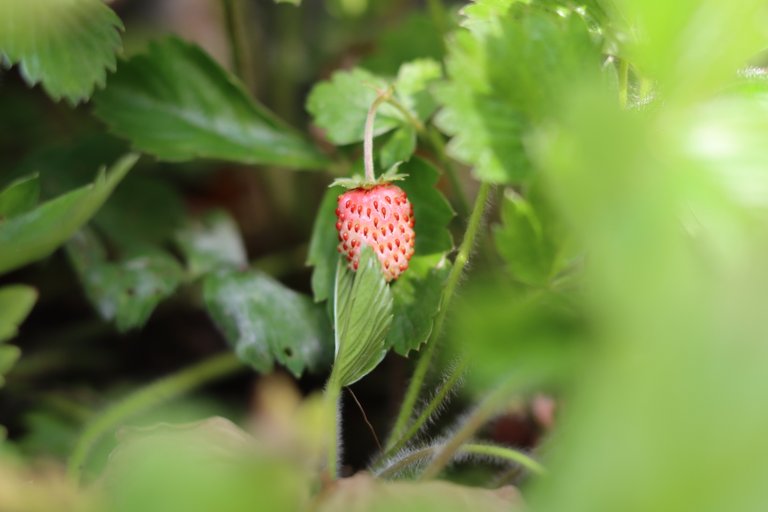
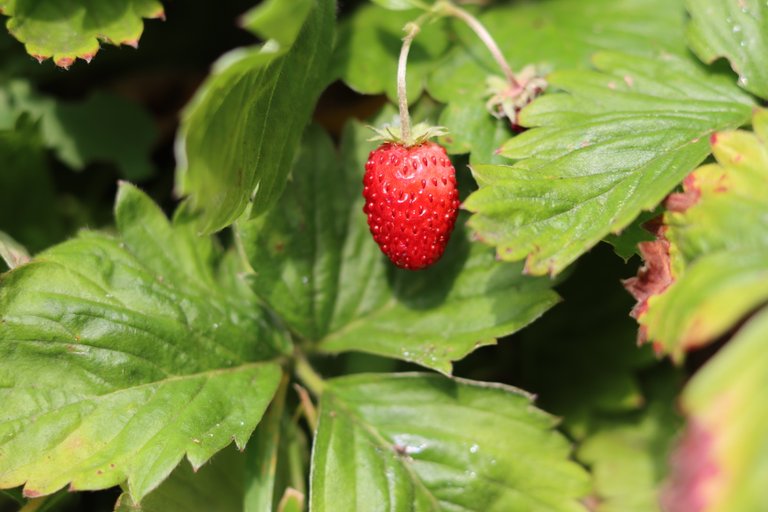
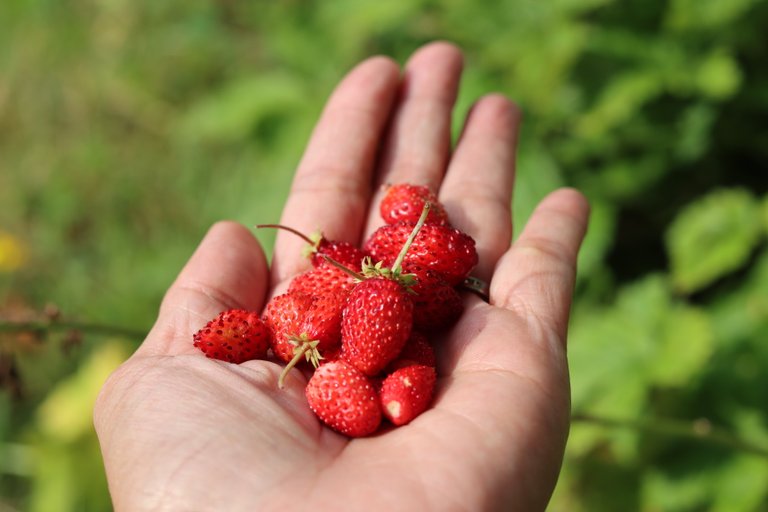
Wild Strawberries:
Did you know they have the highest antioxidants among berries? They are softer in texture than regular strawberries, but they have a strong strawberry aroma and sweetness.
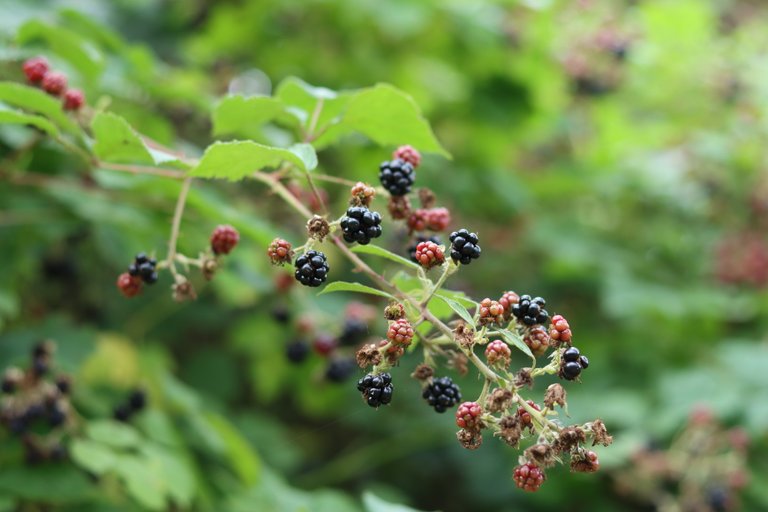
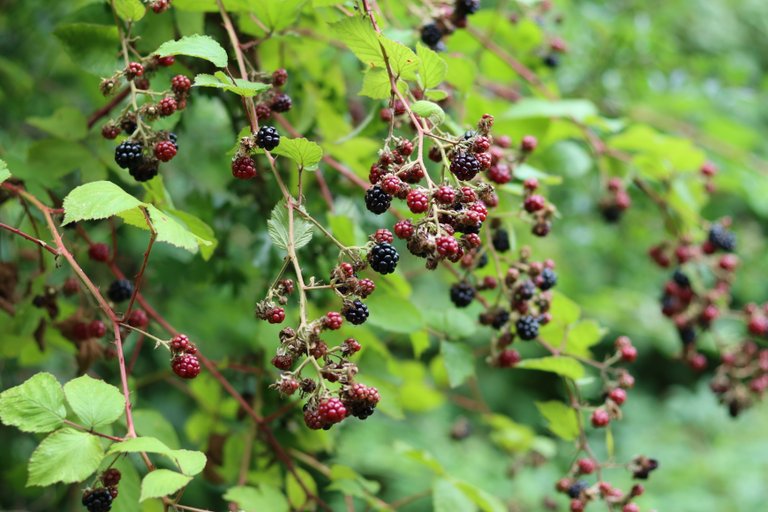
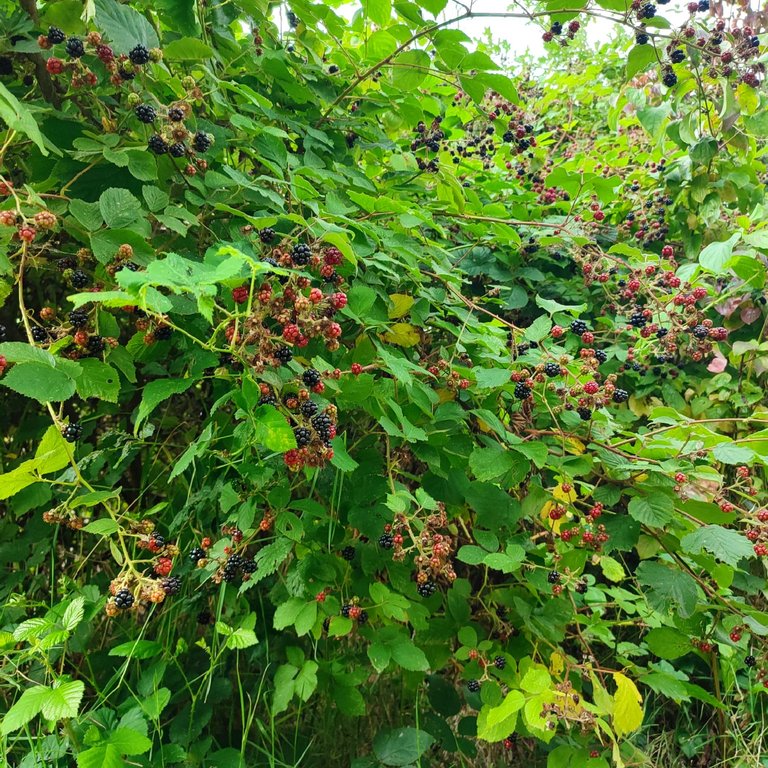
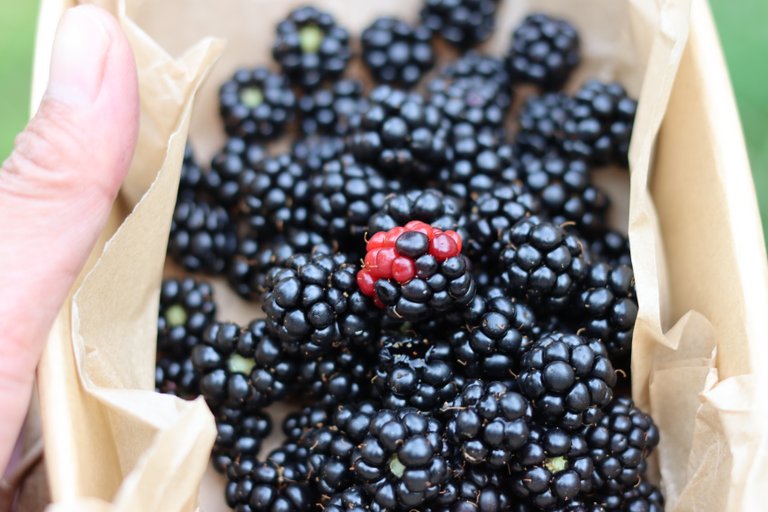
Blackberries:
We have amazing blackberry bushes around here that bear an absolutely huge amount of fruit. The whole village can't consume them all. Even after making tons of jars of jam and wine, you'll still see lots of them rotting away.
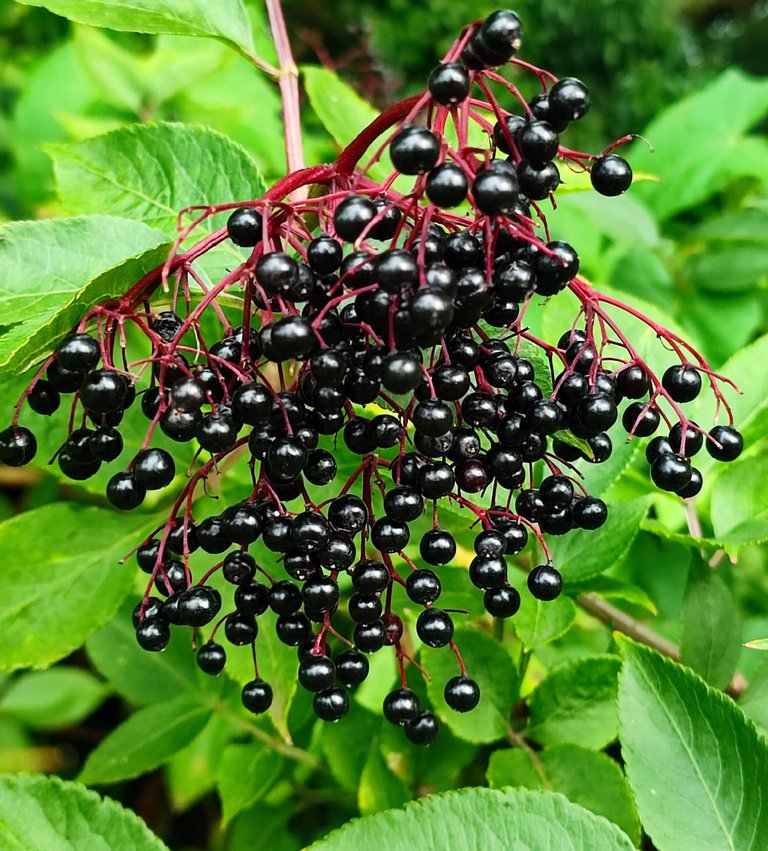
Elderberries:
These are berries you definitely want to keep; they are loaded with antioxidants that protect your cells when you're ill and strengthen the immune system. One hospital here gave elderberry to patients during COVID-19, and it showed positive results.
These berries contain cyanide, which can be toxic in large amounts, so they need to be cooked to break them down. They need to simmer for 20 minutes.
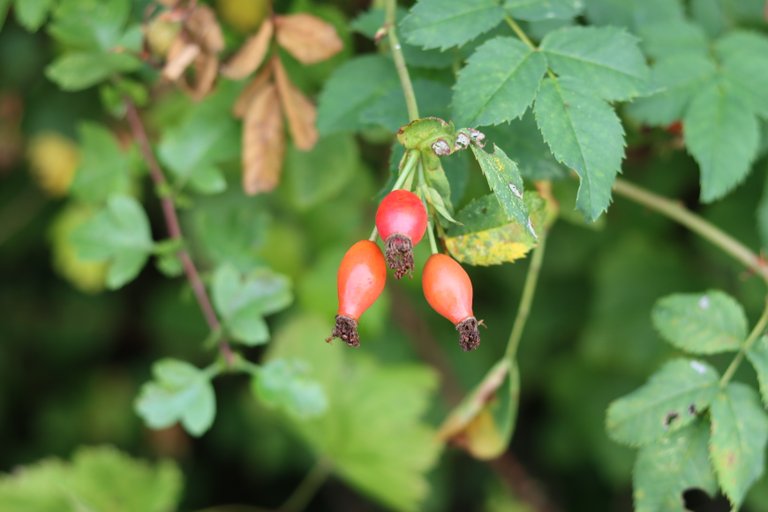
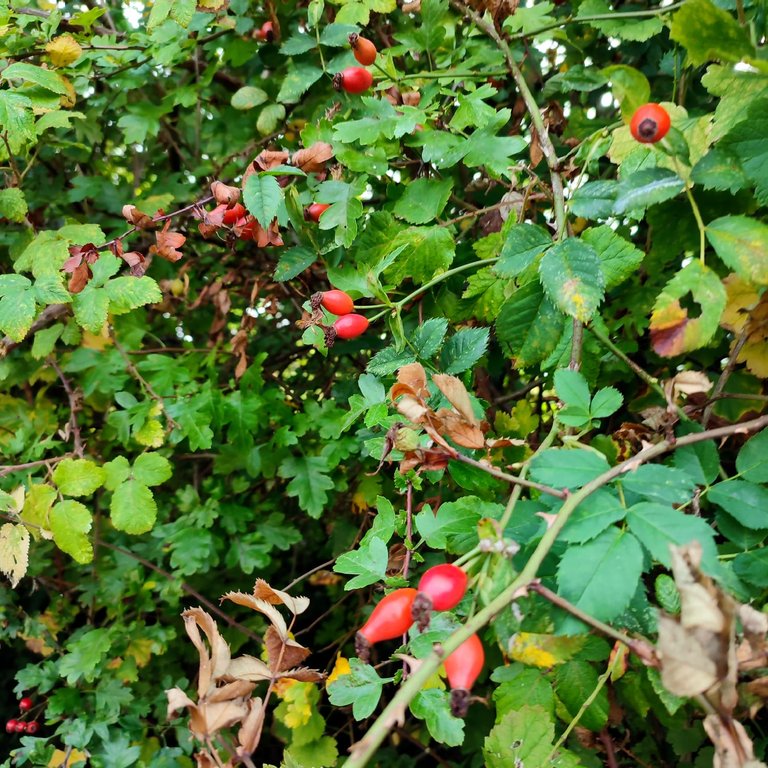
Rosehips:
I make many things from these rosehips, from skincare products to cooking. One thing I love about them is their high vitamin C content.
My 90-year-old neighbor, Jeff, told me a story about when they were little, the school asked them to collect a handful each to take to school. They made them into rosehip syrup, which they had to take daily during winter to prevent flu, cough, and cold.
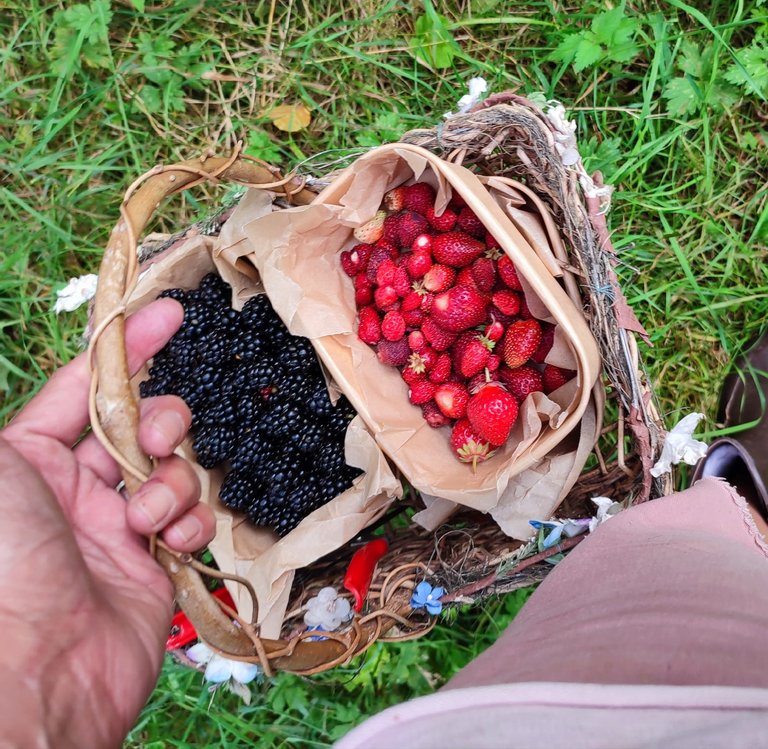
30 minutes picking, I thought I had enough to work with.
I prepared them at home. Don't forget your apron! The stain is hard to get off the clothes.
After a few years of jam-making and fussing, I simplified the process, and it has worked well.
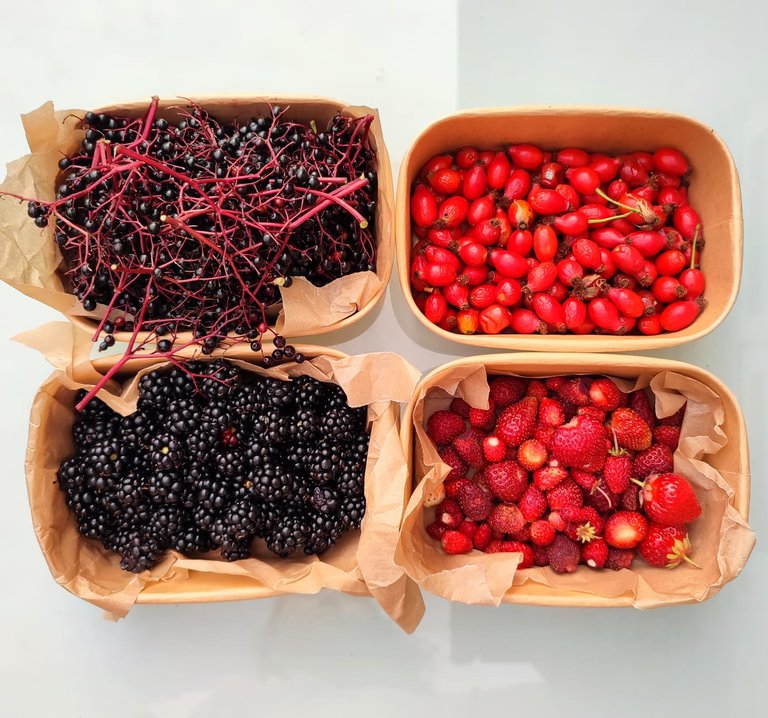
I preserve them without cooking, mainly to retain their benefits. Unfortunately, I have to use sugar as the best natural long-term preservative that is easily accessible. If you want to eat the whole jar in one go, pace yourself! I’m okay with a teaspoon of them per day as a treat.
Honey can be a good alternative but doesn’t guarantee long-term preservation, as harmful bacteria can still grow.
Here's the simple way I do it:
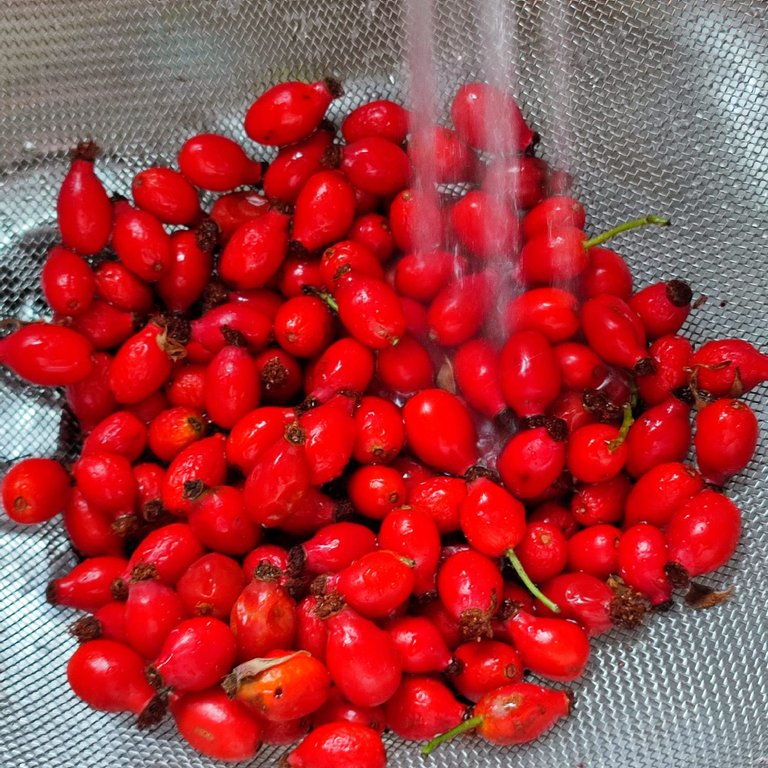
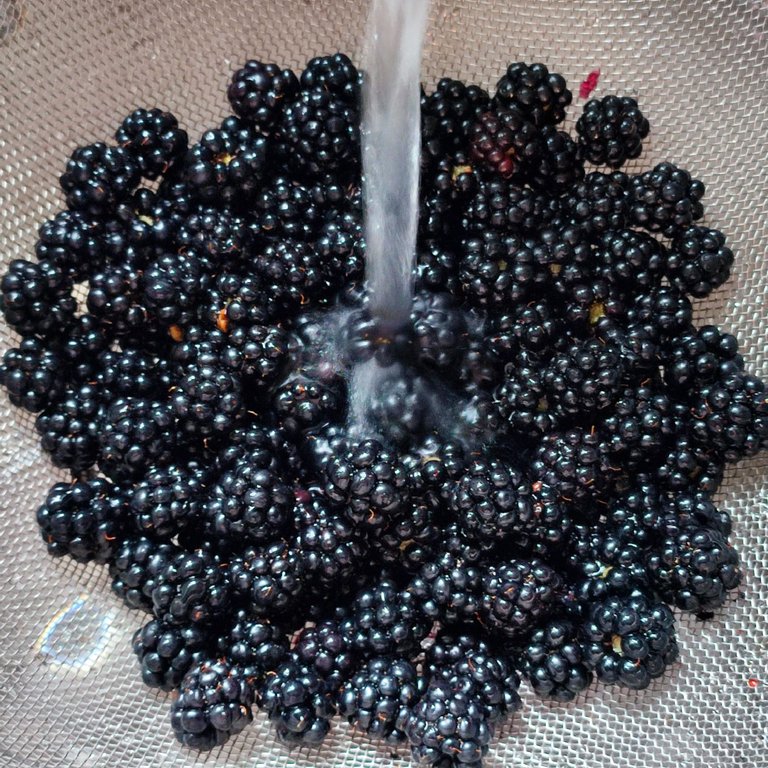
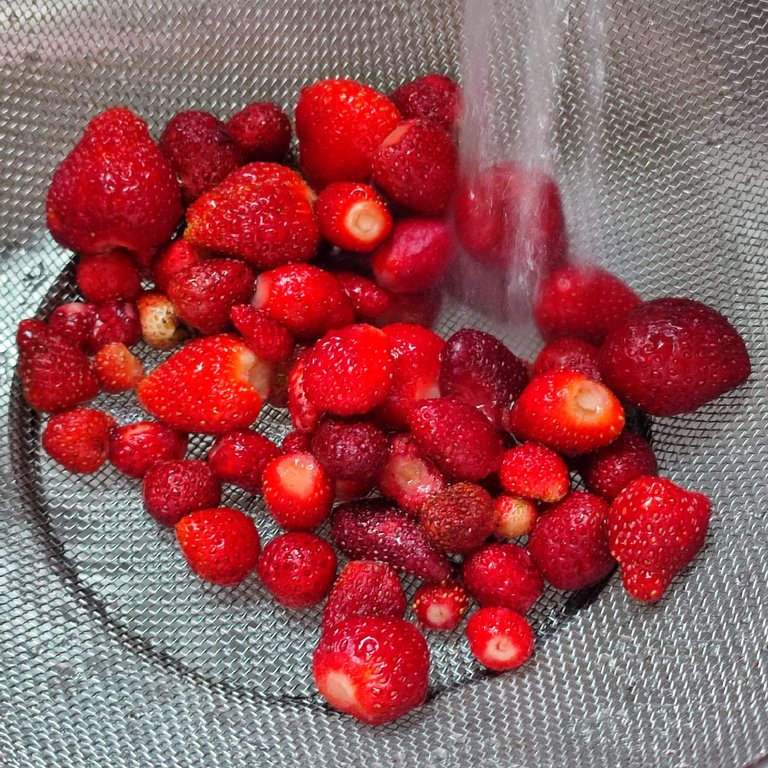
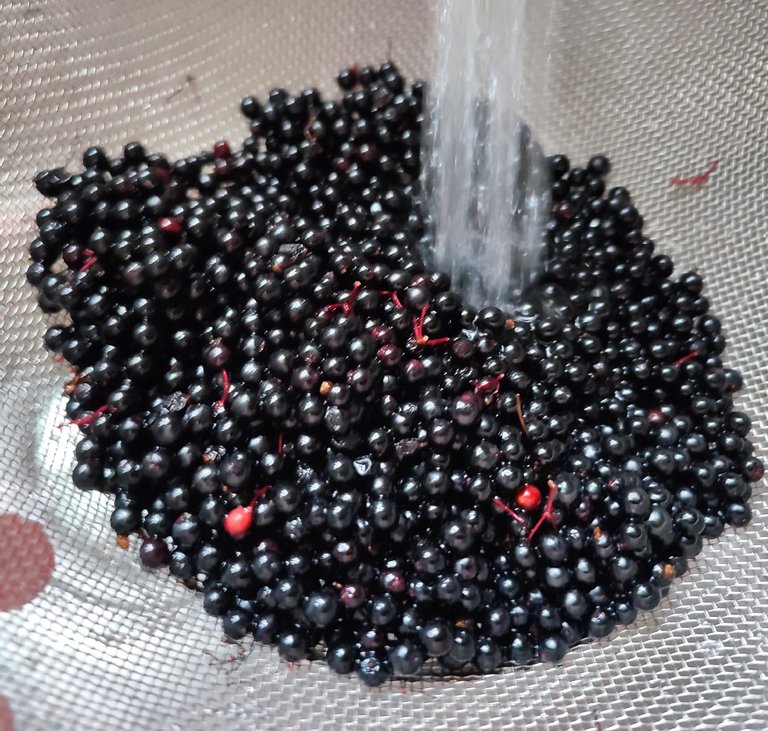
I cleaned and washed the fruits.
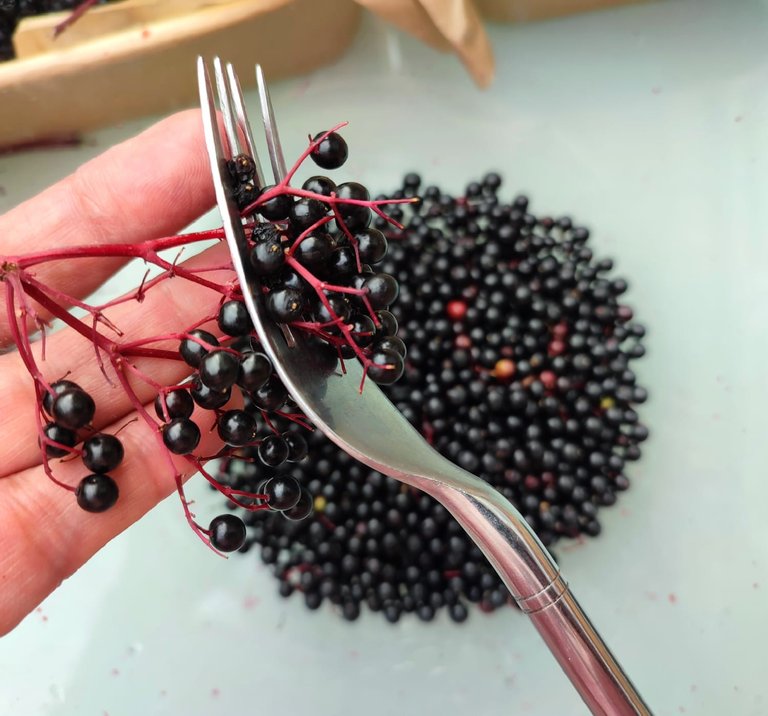
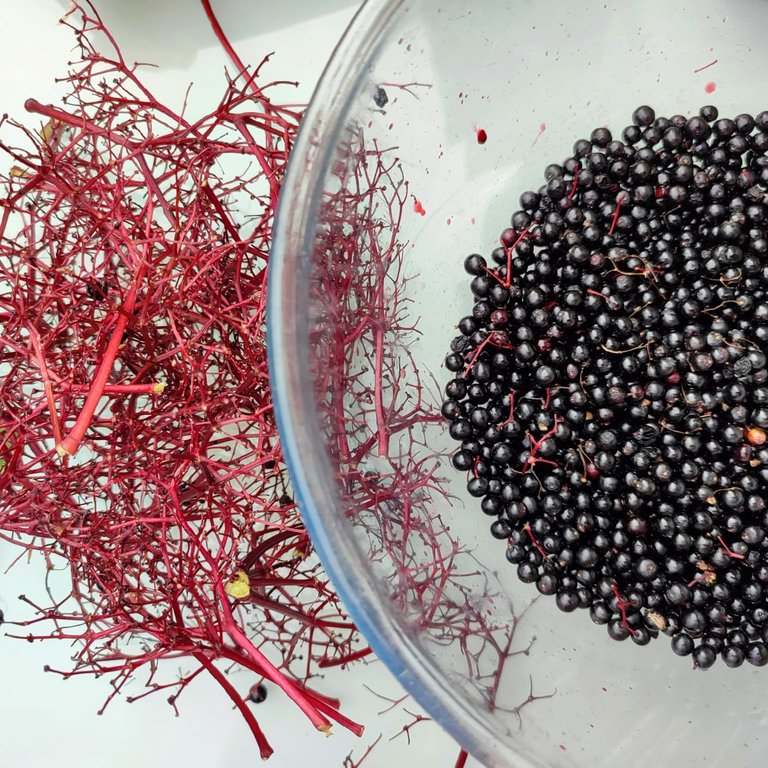
The elderberries needed to separate the stalk from the berries; I raked the berries downward using the fork, and the berries easily fell off into a bowl.
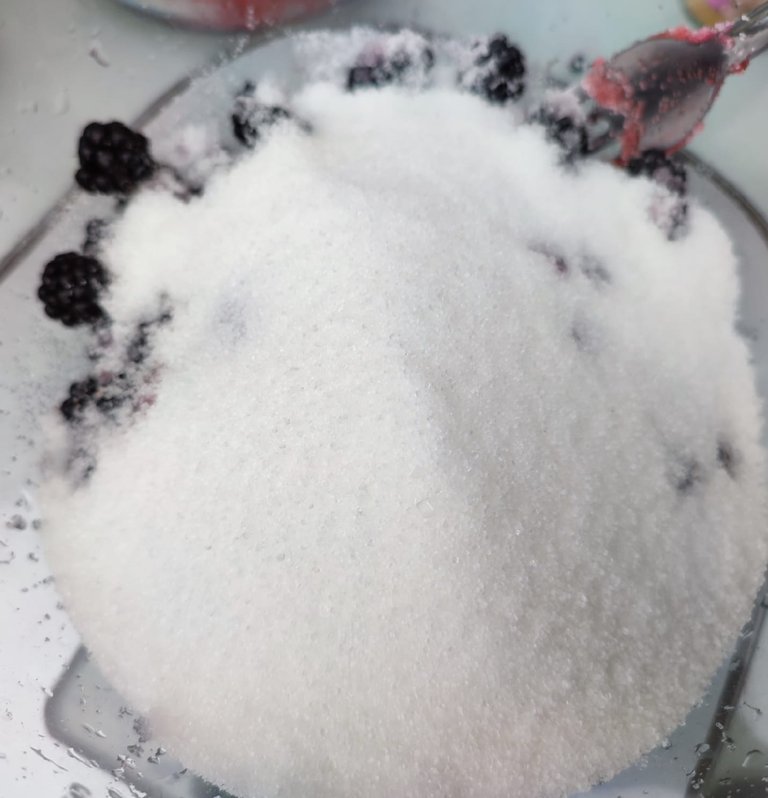
I weigh the fruits and add an equal amount of sugar.
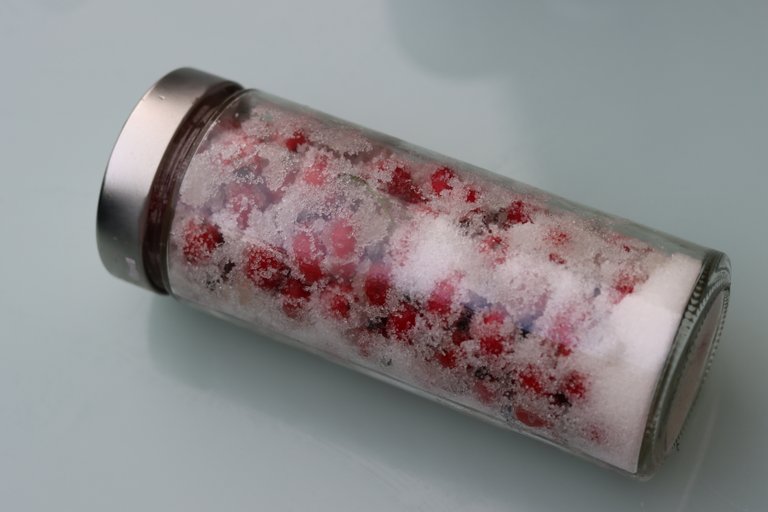
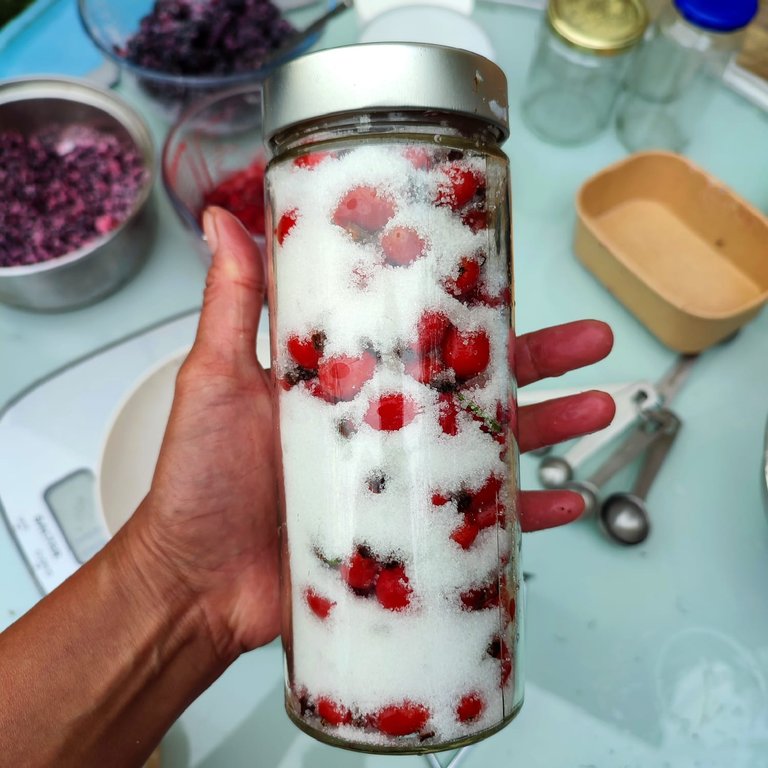
Hulling rosehips and removing the gastric irritant hairs inside is a hassle. So, I opted to layer sugar and fruit in the jar. The sugar will extract all the rosehip benefits. All I need to do is wait until the sugar turns to syrup, and then I strain the beautiful bright orange rosehip syrup full of vitamin C, unheated. Vitamin C degrades with heat.

For wild strawberries, I mixed them with an equal amount of sugar,
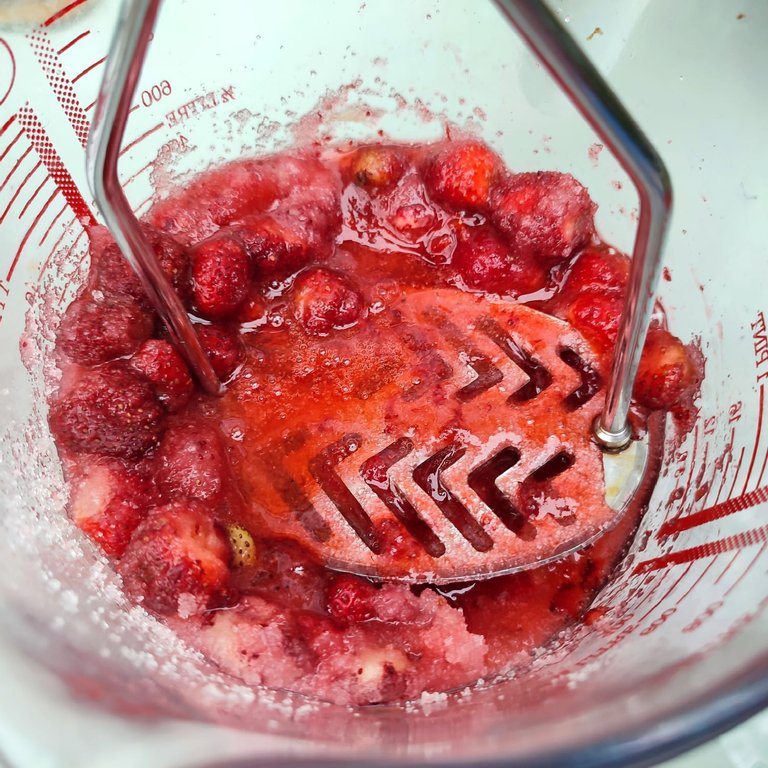
I smashed them into smaller pieces. They release their liquid, so I didn’t need to add water. I added lemon juice for some zing or you can add citric acid—1/2 teaspoon per 300 grams. Since strawberries have no pectin, I added one tablespoon of pectin powder to thicken. Mix a little sugar with pectin to separate the granules; they won't clump up when added to the mixture.
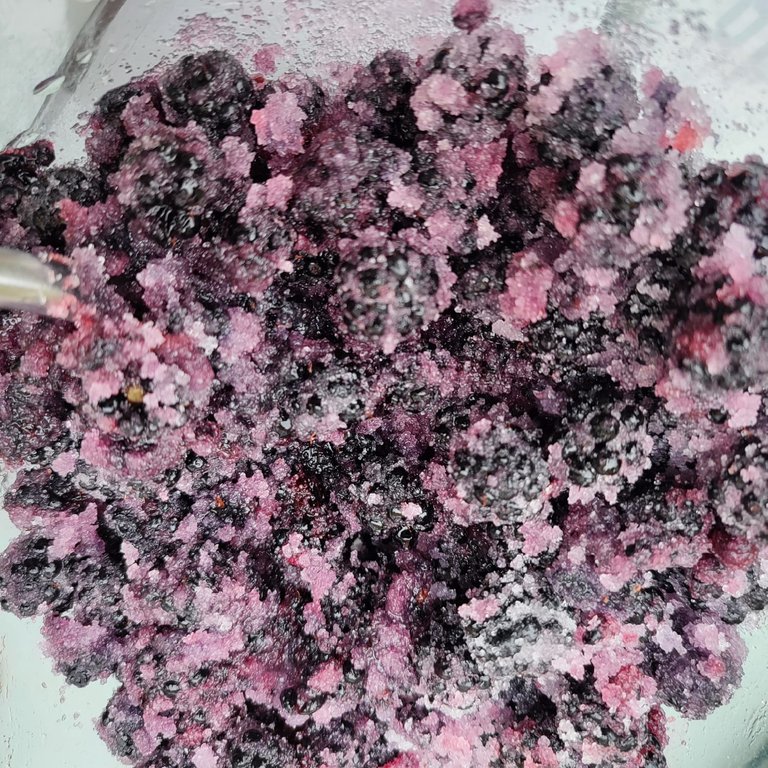
Blackberries are processed raw, the same way as strawberries.
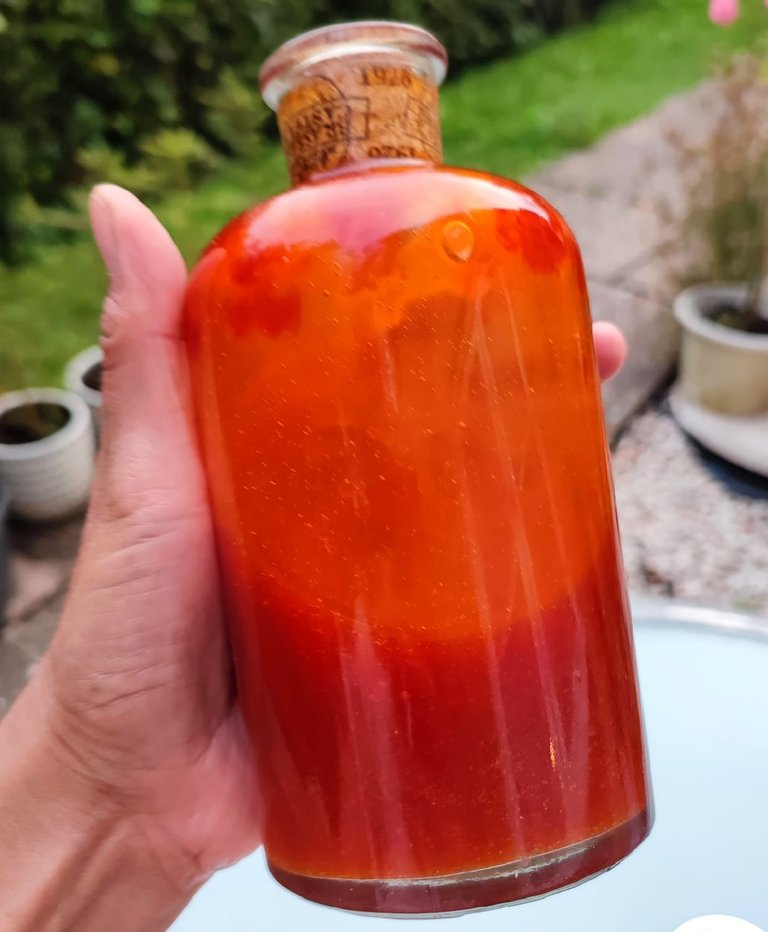
Three years old rosehip syrup! Still good.
Some of my preserves are over two years old and never get moldy. I preserve their nutritional benefits without heating them.
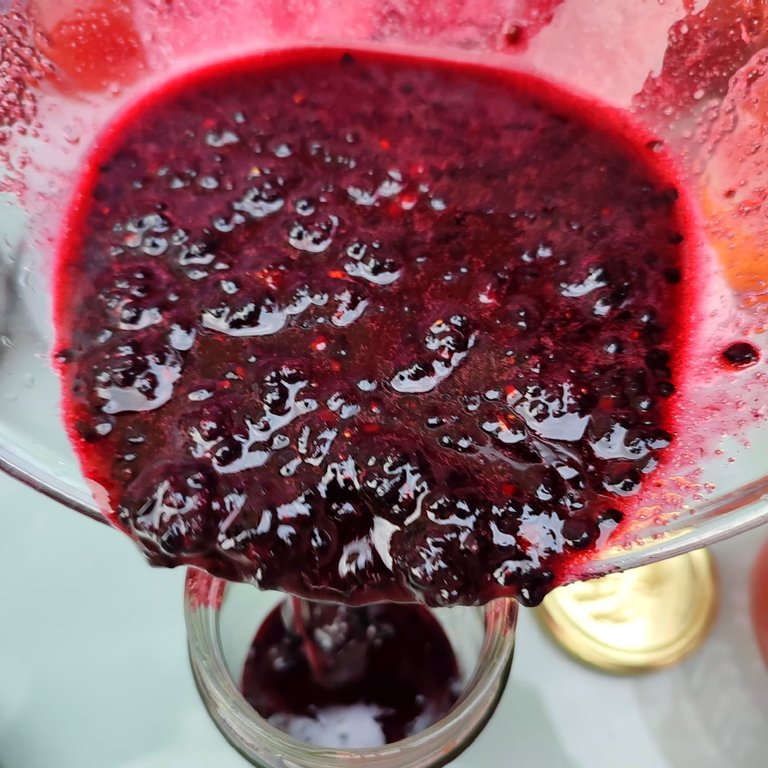
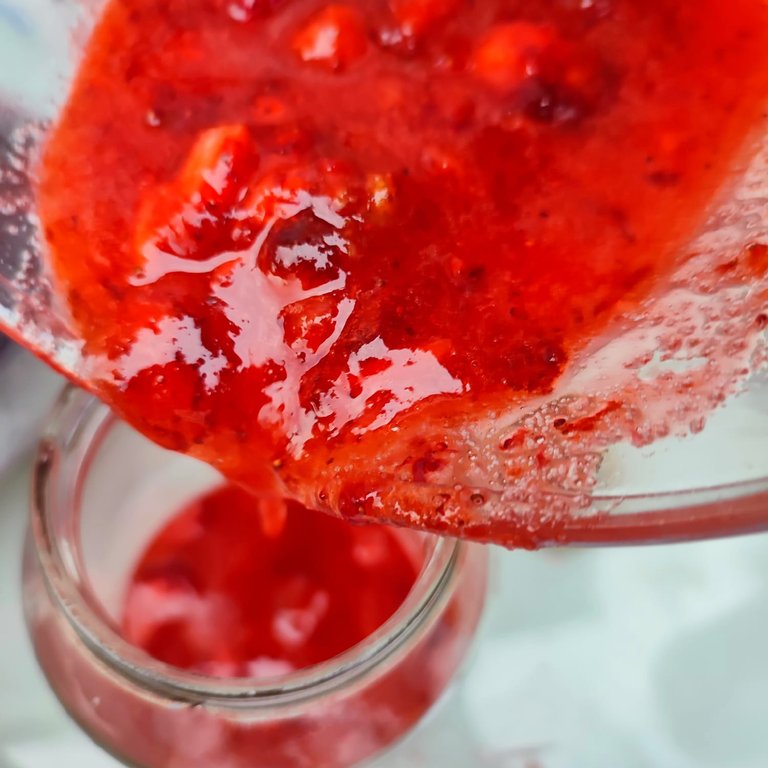
There is no need to wait for the sugar to dissolve before putting it in the jar. In my experience, they melt nicely in the jar.
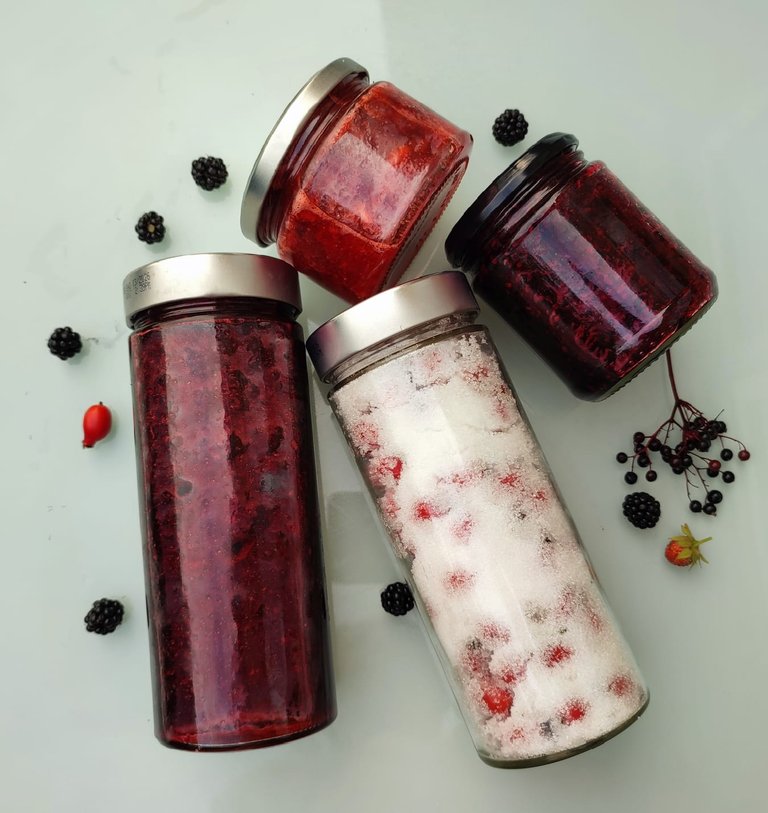
I poured them into sterilized jars.
Adding the right amount of sugar kills all bacteria, mold, and yeast through osmosis. The sugar dehydrates them, so they can't survive. But if you use a small amount of sugar, it can feed bacteria, so it’s best to use the right amount for long-term preservation; ideally, 60 % sugar; I do 50%, with good results.
If you need more confidence in it, cook the fruit until boiled and then soak the jam jars in a hot bath before storing them long-term.
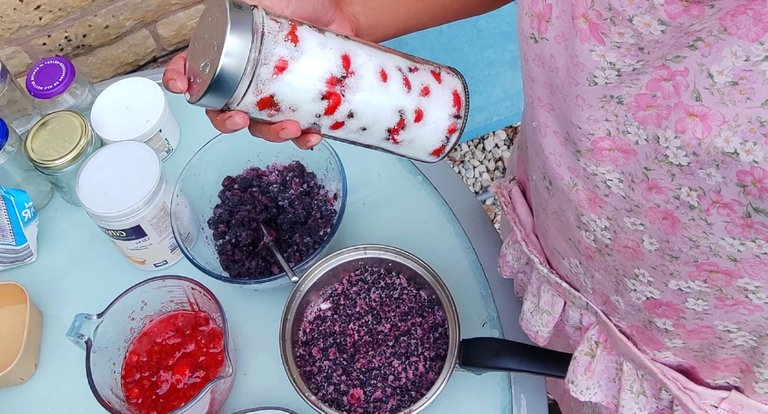
After lots of fermenting and wine-making, I understand how microorganisms thrive and act; I feel
confident about raw preservation and knowing how microorganisms work -I use them to my advantage. It does take a bit of practice to feel confident.
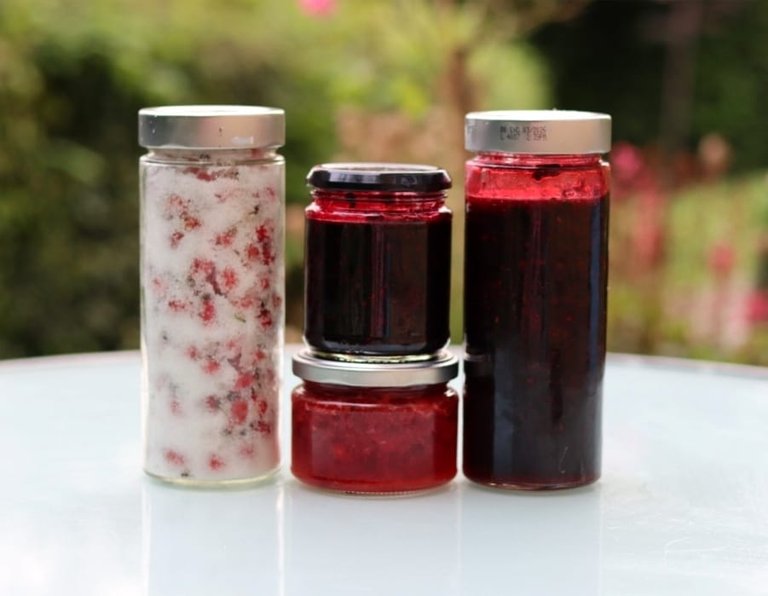
These preserved fruits can be kept for two years, maybe more.
It can be used for flavouring, for cooking, as a jam, for pancakes, and
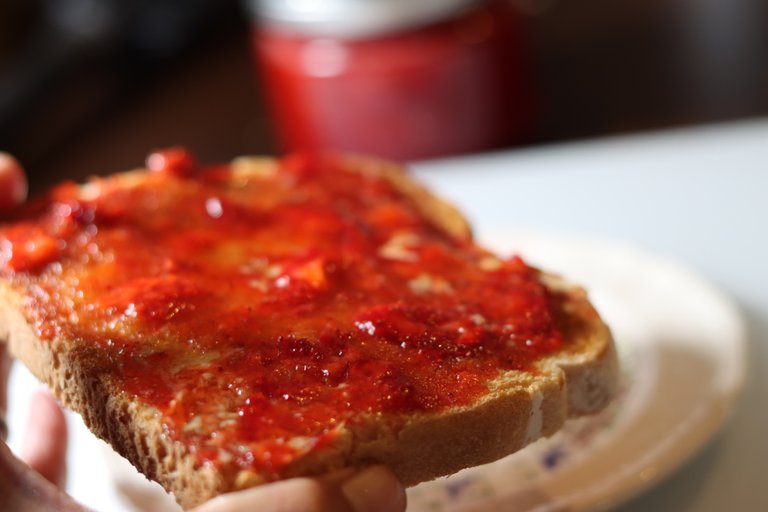
or simply on toast!
I hope you find this helpful.
Have a wonderful day,
Mariah 💗😊